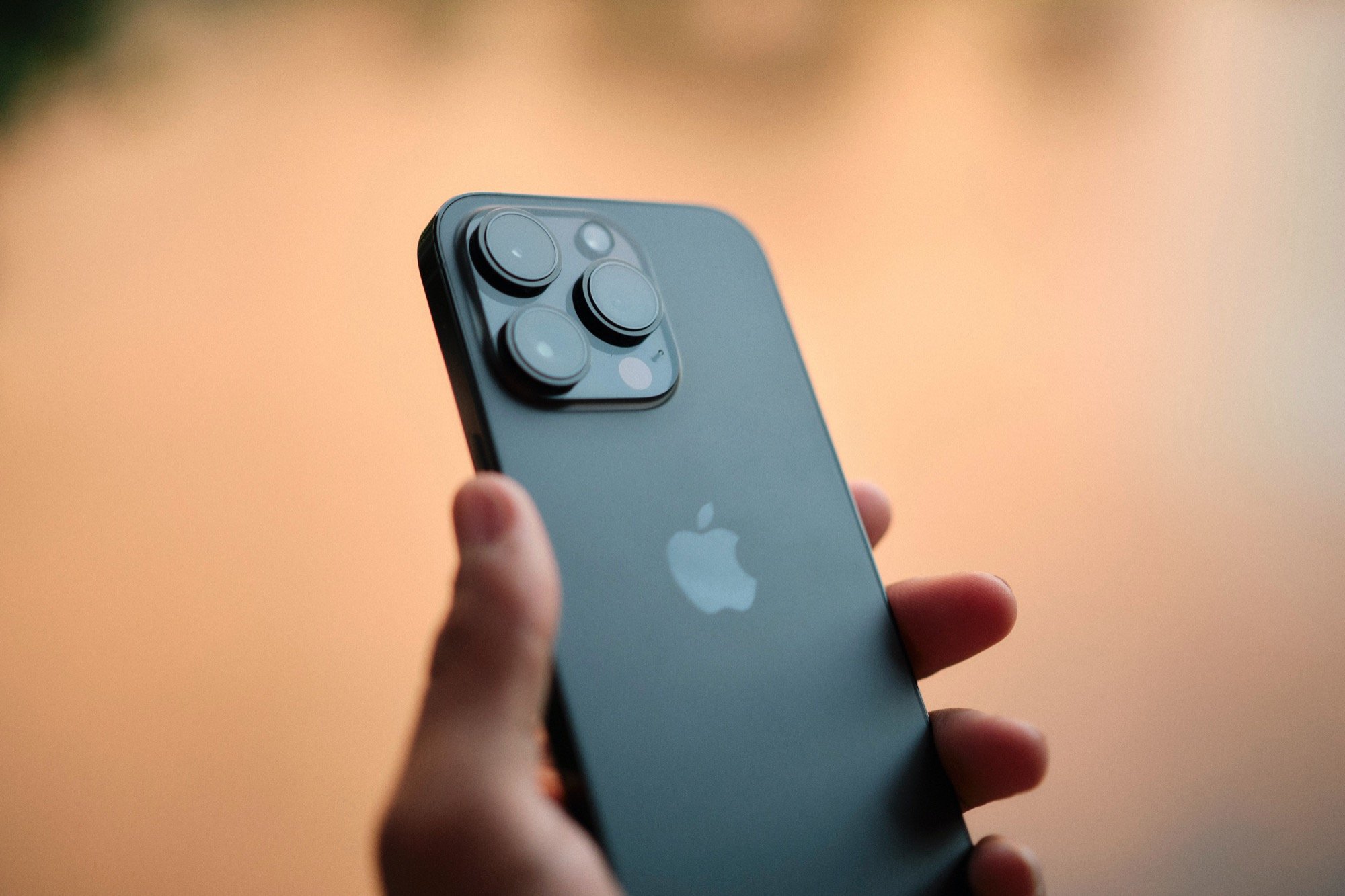Apple would have decided to slightly evolve the chassis of its future iPhone 15 to improve their ergonomics. How ? Returning to slightly more “rounded” edges.
Are we heading towards iPhones that are more pleasant to hold in hand? That’s what Mark Gurman thinks anyway. In his latest PowerOn newsletter, the Bloomberg reporter indicates that the iPhone 15 and 15 Pro have sides “now less marked than before“.
What should be understood by this is that Apple would have slightly changed the chassis of its future iPhones to return to more rounded angles, in order to improve their general ergonomics. As a reminder, Apple adopted for the first time flat edges and very “sharpfrom the iPhone 12. A design that the Cupertino giant has carried over to its iPhone 13 and 14, but which often bothers users accustomed to softer shapes.
iPhone 15: less “sharp” angles… but that’s not all?
Beyond this alleged evolution, Mark Gurman gives a little more weight to a rumor that has been coming and going for several months now: Apple would encounter difficulties in designing the tactile buttons with haptic feedback that it was originally supposed to install on the side. left his next iPhones. Therefore, the firm would simply backtrack on this project and instead maintain physical buttons similar to those we currently know for volume and vibrate controls.
The Bloomberg journalist, often well informed, thus evokesa host of engineering problemswith these capacitive buttons, which would otherwise have cost too much to produce. “Concerns have also been raised about increased cost compared to regular buttons“, he adds.
For the rest, we learn that Apple has also significantly reduced the size of the edges of the iPhone 15 Pro from 2.2 mm to 1.5 mm only. A first step made possible by the transition to a new screen manufacturing technology: LIPO, for “low-injection pressure over-molding“. This technique had obviously already been used for the screen of the Apple Watch series 7, and could be used in the future on certain iPad models.
To follow us, we invite you to download our Android and iOS application. You can read our articles, files, and watch our latest YouTube videos.
